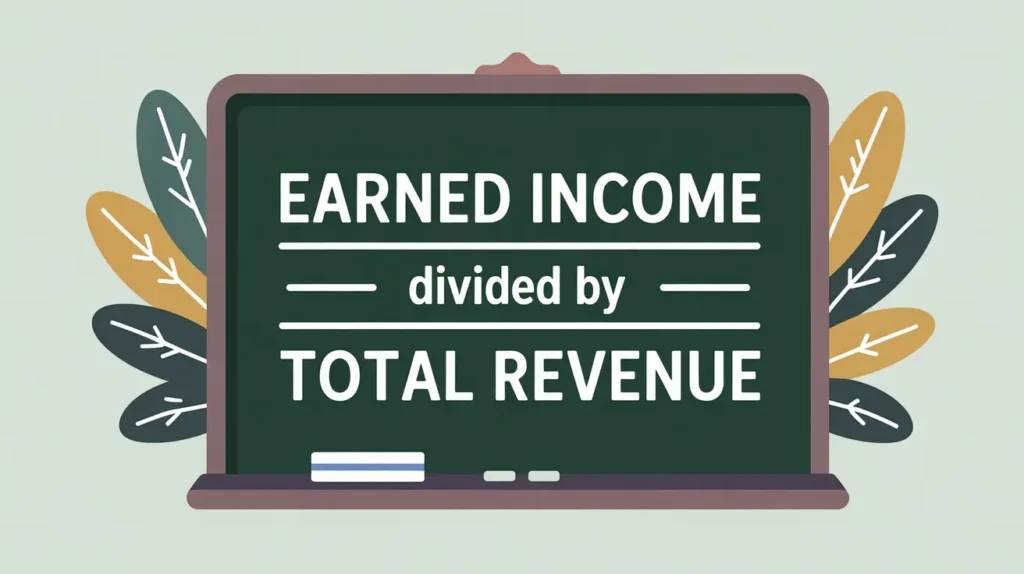Importance of Fundraising Expenses
Fundraising expenses represent the resources a nonprofit invests to secure financial support. They are often closely scrutinized by donors, regulators, and watchdog organizations, sometimes leading to the misconception that all such costs are wasteful. In reality, fundraising is essential to nonprofit sustainability: without investment in donor engagement, campaigns, events, and advancement staff, organizations cannot build the revenue base required to deliver programs. For nonprofits working in social innovation and international development, fundraising expenses are particularly important because they determine the ability to sustain long-term initiatives, diversify funding streams, and adapt to evolving donor landscapes. Understanding fundraising expenses in context helps stakeholders appreciate them not as overhead, but as strategic investments in mission growth.
Definition and Features
Fundraising expenses are defined as costs incurred to solicit and secure contributions, grants, sponsorships, and other forms of voluntary support. These may include staff salaries for development officers, costs of fundraising campaigns and appeals, donor cultivation events, marketing materials, and fees for fundraising consultants or platforms. Accounting standards require nonprofits to report fundraising expenses separately in the Statement of Activities and in the Statement of Functional Expenses. They differ from program expenses, which directly deliver mission activities, and from management and general expenses, which support overall operations. Importantly, joint costs that combine fundraising with education or advocacy must be allocated appropriately to ensure accurate reporting and compliance.
How This Works in Practice
In practice, fundraising expenses are managed through a combination of development strategies and financial oversight. Annual appeals, capital campaigns, grant writing, and special events each carry costs that must be weighed against the contributions they generate. Nonprofits often calculate metrics such as fundraising ROI or cost-to-raise-a-dollar to assess efficiency. Transparent allocation is critical: for example, the cost of printing a brochure that both educates the public and solicits donations may need to be split between program and fundraising categories. Overemphasis on minimizing fundraising costs can create underinvestment in donor relationships, digital infrastructure, or advancement staff. This would have the effect of undermining long-term revenue sustainability. Strong organizations budget for fundraising strategically, treating it as a driver of financial health rather than a drain.
Implications for Social Innovation
In social innovation and international development, fundraising expenses are particularly strategic. Large-scale initiatives often require multi-year funding commitments from diverse donors, including governments, foundations, corporations, and individuals. Investing in skilled fundraising teams, data systems, and donor stewardship enables nonprofits to compete for these resources while maintaining credibility and compliance. Clear reporting on fundraising expenses reduces information asymmetry by showing funders how resources are mobilized and reinvested into mission delivery. By reframing fundraising as a catalyst for innovation and sustainability, nonprofits can counter outdated notions of overhead and make the case that smart fundraising investments fuel greater long-term impact. Ultimately, robust fundraising capacity is what allows nonprofits to grow their mission footprint and sustain complex, multi-stakeholder programs across geographies.







